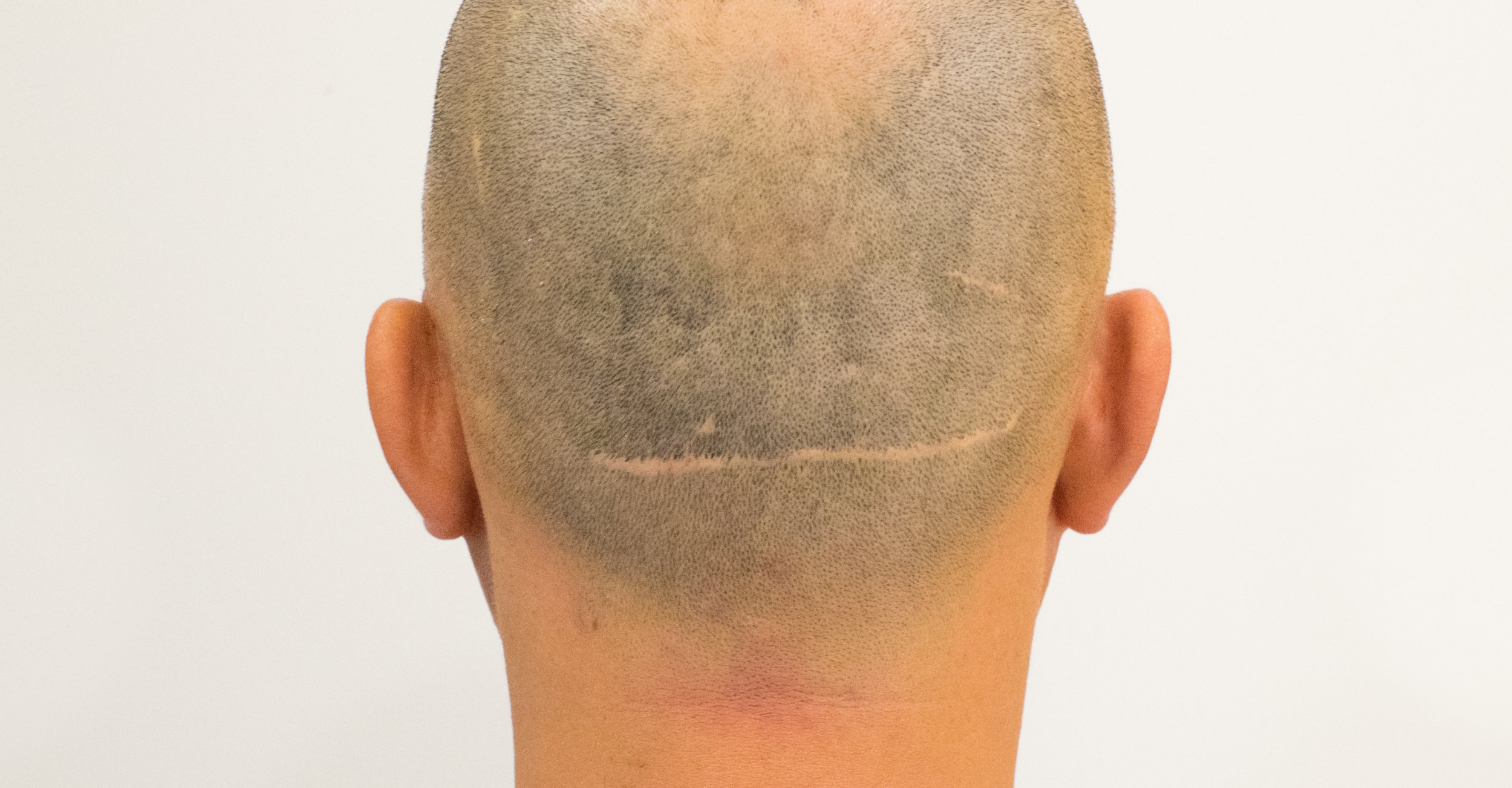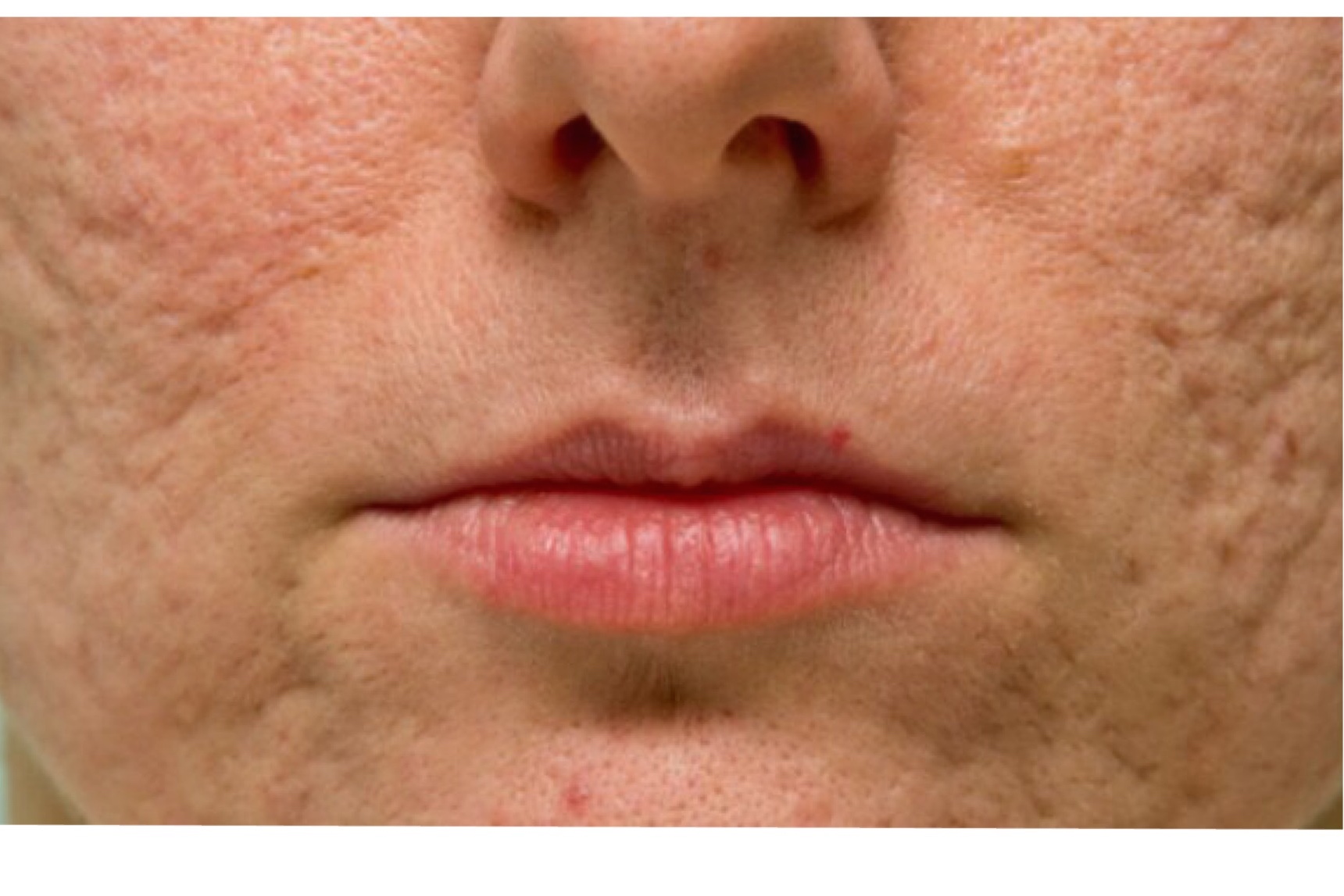Have you ever heard about cicatrizes de raio or lightning scars? If not, let me tell ya, this is one wild topic that’s gonna blow your mind—literally! Lightning scars are not just some random marks on trees or rocks; they can leave a lasting impact on humans, animals, and nature itself. So, buckle up, because we’re diving deep into the world of lightning scars, and trust me, it’s gonna be electrifying!
Now, I know what you’re thinking—“What’s the big deal about lightning scars?” Well, my friend, lightning is one of the most powerful natural phenomena out there. It can strike anywhere, anytime, and leave behind some pretty gnarly scars. Understanding cicatrizes de raio isn’t just about knowing how they look; it’s about learning how to protect yourself and the environment from its devastating effects.
So, whether you’re a science enthusiast, an outdoor adventurer, or someone who simply wants to stay safe during a thunderstorm, this article is for you. We’ll cover everything from what lightning scars are to how they form, their impact on different surfaces, and even some mind-blowing facts that’ll leave you in awe. Let’s get started, shall we?
- Do U Not Get The Concept A Deep Dive Into Understanding This Common Phrase
- Fairground Mishaps The Truth Behind Accident At Fair
What Are Cicatrizes de Raio (Lightning Scars)?
Alright, let’s break it down. Cicatrizes de raio, or lightning scars, are marks left behind by a lightning strike. These scars can appear on trees, rocks, animals, and even humans. Think of them as nature’s way of saying, “Hey, I was here!” But unlike regular scars, these aren’t just cosmetic—they can cause serious damage.
When lightning strikes, it releases an insane amount of energy in a split second. This energy can vaporize water, burn through wood, and even melt rock. The result? Those crazy-looking scars that you might’ve seen on trees after a storm. And if you think that’s wild, just wait till we dive deeper into the science behind it.
How Do Lightning Scars Form?
So, how exactly do these scars form? It’s all about the science of electricity and heat. When lightning strikes an object, it creates a massive electrical discharge. This discharge generates temperatures hotter than the surface of the sun—yeah, you read that right! The intense heat causes the water inside the object to evaporate instantly, leading to an explosion of sorts. This explosion leaves behind those distinctive scars.
- Drake Diss Track Leak The Untold Story Behind The Hype
- Taylor Swift And Swarovski The Sparkling Collaboration You Didnrsquot Know You Needed
For example, when lightning hits a tree, the water inside the trunk turns to steam so quickly that it causes the bark to explode outward. What’s left behind is a jagged scar that can run the entire length of the tree. It’s like nature’s own version of a tattoo, but way more intense!
The Impact of Cicatrizes de Raio on Different Surfaces
Now that we know how lightning scars form, let’s talk about their impact on different surfaces. Whether it’s a tree, a rock, or even a human, the effects can vary depending on the material and the intensity of the strike. Here’s a breakdown of how cicatrizes de raio affect various surfaces:
Lightning Scars on Trees
Trees are one of the most common victims of lightning strikes. When lightning hits a tree, it often follows the path of least resistance, which is usually the sap inside the trunk. This causes the sap to boil and explode, leaving behind a scar that can take years to heal—if it heals at all. Some trees are lucky enough to survive a strike, while others aren’t so fortunate.
- Coniferous trees like pines are more susceptible to lightning strikes due to their height and resinous sap.
- Deciduous trees like oaks and maples are also prone to strikes, but their denser wood structure can sometimes help them withstand the impact.
Lightning Scars on Rocks
When lightning strikes a rock, the results can be pretty spectacular. The intense heat can cause the rock to shatter or even melt, leaving behind a glassy surface known as fulgurite. These natural glass formations are like nature’s own version of a lightning scar, and they’re highly sought after by collectors and scientists alike.
Lightning Scars on Animals and Humans
Now, here’s where things get serious. When lightning strikes an animal or human, the results can be life-threatening. The electrical discharge can cause burns, nerve damage, and even cardiac arrest. Survivors of lightning strikes often bear scars that serve as a permanent reminder of their close encounter with nature’s fury.
- Animals like cows and horses are particularly vulnerable to lightning strikes, especially when they’re out in open fields during a storm.
- Humans, on the other hand, can take precautions to minimize their risk of being struck, but it’s not always possible to avoid nature’s wrath.
The Science Behind Cicatrizes de Raio
Let’s get nerdy for a moment and dive into the science behind lightning scars. Lightning is essentially a massive electrical discharge that occurs when there’s a difference in electrical charge between the atmosphere and the ground. This discharge travels through the air at speeds of up to 220,000 miles per hour, and it can generate temperatures of over 50,000 degrees Fahrenheit. That’s hotter than the surface of the sun, folks!
When lightning strikes an object, it creates a plasma channel that conducts the electrical current. This channel can be several miles long, and it’s responsible for the scars we see on trees, rocks, and other surfaces. The intense heat and pressure generated by the strike cause the material to vaporize or explode, leaving behind those distinctive scars.
Factors Affecting the Severity of Lightning Scars
Not all lightning scars are created equal. The severity of the scar depends on several factors, including:
- Intensity of the Strike: A more powerful strike will cause more damage and leave a deeper scar.
- Material of the Object: Trees, rocks, and other materials react differently to lightning strikes, so the scars they leave behind can vary in appearance.
- Moisture Content: Objects with higher moisture content are more likely to explode when struck by lightning, resulting in more severe scars.
Protecting Yourself from Cicatrizes de Raio
So, how can you protect yourself from lightning scars? While you can’t completely avoid the risk of being struck by lightning, there are steps you can take to minimize your chances. Here are some tips to keep in mind:
- Stay indoors during thunderstorms and avoid open spaces.
- Avoid using electronic devices or taking a shower during a storm, as lightning can travel through electrical systems and plumbing.
- If you’re caught outside during a storm, crouch down with your feet together and avoid tall objects like trees or metal structures.
Lightning Safety Myths Debunked
There are a lot of myths out there about lightning safety, so let’s clear up some of the confusion. Contrary to popular belief:
- Rubber-soled shoes do not protect you from lightning strikes.
- Lightning can strike the same place twice—just ask the Empire State Building!
- Hiding under a tree is not a safe option during a storm; in fact, it can increase your risk of being struck.
Real-Life Examples of Cicatrizes de Raio
Let’s take a look at some real-life examples of lightning scars and their impact on the environment. From ancient trees with centuries-old scars to modern-day survivors of lightning strikes, these stories are both fascinating and humbling.
Lightning Scars on Historic Trees
Some of the oldest and most iconic trees in the world bear the marks of lightning strikes. For example, the General Sherman Tree in California’s Sequoia National Park has survived numerous strikes over the centuries, each one leaving behind a distinctive scar. These scars serve as a testament to the tree’s resilience and the power of nature.
Survivors of Lightning Strikes
There are countless stories of people and animals who have survived lightning strikes and lived to tell the tale. One such survivor is Roy Sullivan, a former park ranger who was struck by lightning seven times over the course of his life. Despite the odds, he managed to survive each strike, though not without some serious scars to show for it.
Environmental Impact of Cicatrizes de Raio
While lightning scars may seem like a minor inconvenience, they can have a significant impact on the environment. From altering ecosystems to contributing to wildfires, the effects of lightning strikes can be far-reaching and long-lasting.
Lightning-Induced Wildfires
One of the most devastating consequences of lightning strikes is the potential for wildfires. Dry conditions and lightning strikes can create the perfect storm for a wildfire to ignite, often with catastrophic results. In fact, lightning is responsible for a significant percentage of wildfires worldwide, making it a major concern for environmentalists and firefighters alike.
Conclusion: Embracing the Power of Nature
And there you have it, folks—a comprehensive look at cicatrizes de raio and their impact on our world. From the science behind lightning scars to their environmental consequences, this topic is both fascinating and humbling. Remember, nature is powerful, and while we may not be able to control it, we can certainly learn to respect it.
So, the next time you see a lightning scar on a tree or hear a thunderclap in the distance, take a moment to appreciate the raw power of nature. And if you’re caught in a storm, don’t forget to follow those safety tips we talked about earlier. Stay safe, stay curious, and keep exploring the wonders of our world!
Table of Contents
Here’s a quick rundown of everything we covered in this article:
- What Are Cicatrizes de Raio?
- How Do Lightning Scars Form?
- The Impact of Cicatrizes de Raio on Different Surfaces
- The Science Behind Cicatrizes de Raio
- Protecting Yourself from Cicatrizes de Raio
- Real-Life Examples of Cicatrizes de Raio
- Environmental Impact of Cicatrizes de Raio
Feel free to jump around and explore the sections that interest you the most. And don’t forget to leave a comment or share this article with your friends—knowledge is power, and the more we understand about nature, the better prepared we’ll be to face its challenges.
- Why Talking With Bottom Teeth Is More Important Than You Think
- Alvin And The Chipmunks Alvin Crying Ndash The Heartfelt Story Behind The Tears

+-+Plano+Cirúrgico+(Pós-+Tricotomia)+-+9.jpg)
